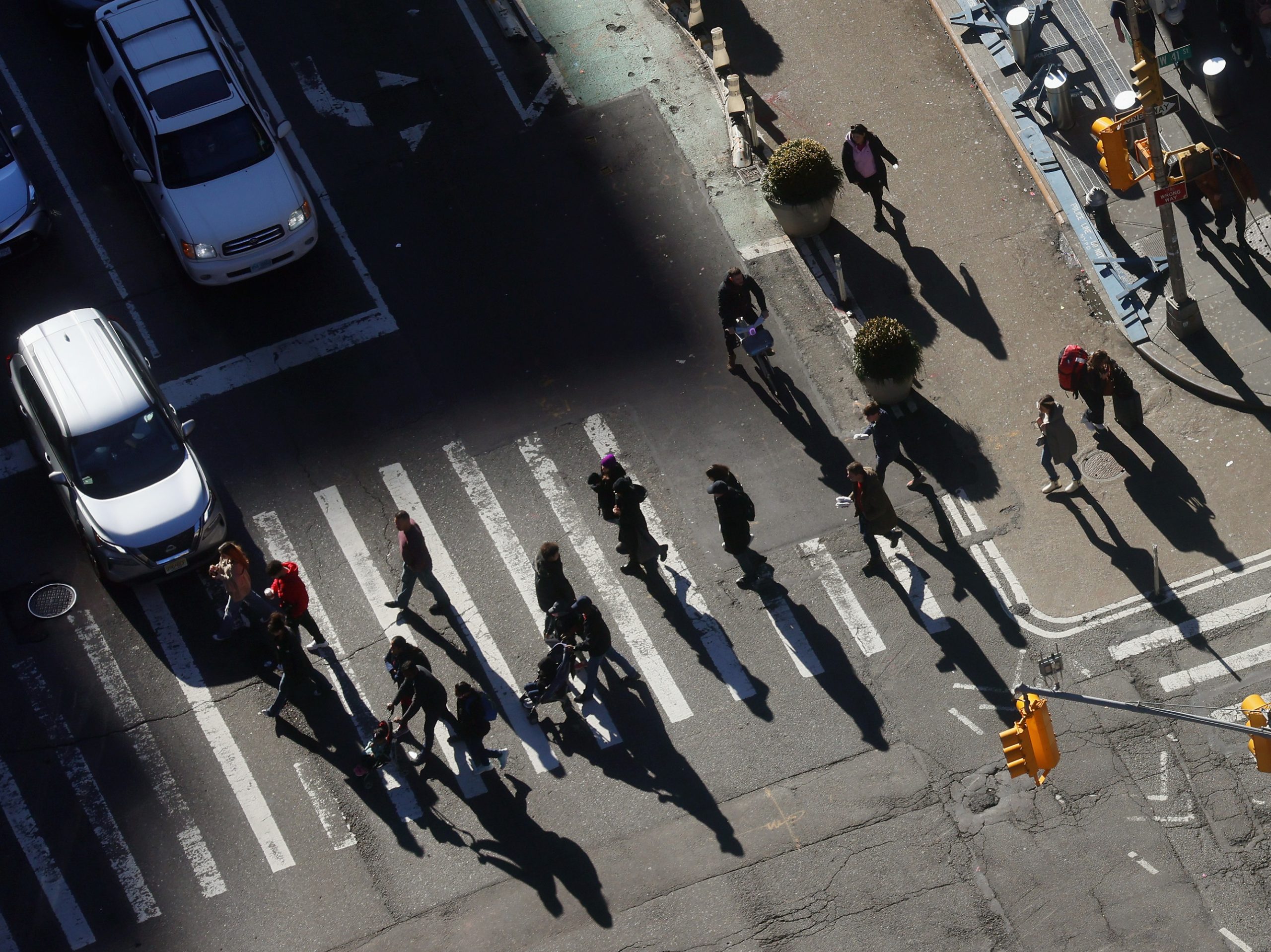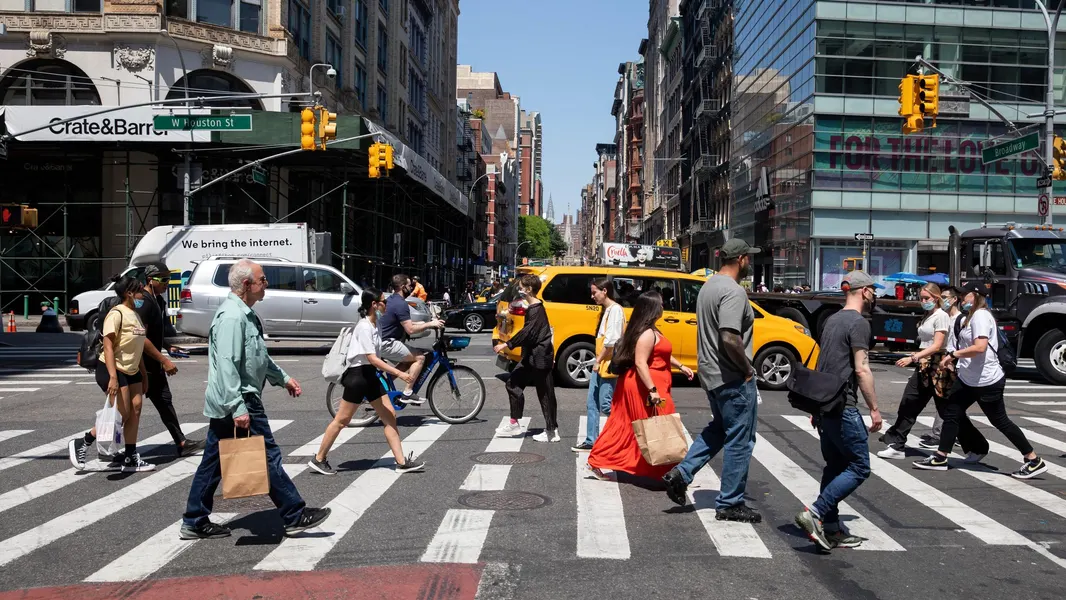Ensuring walkability in urban spaces goes beyond road design; vehicle design significantly impacts pedestrian and cyclist safety. Factors such as vehicle size, shape, visibility, and technological advancements play a crucial role in reducing road fatalities. Research conducted by the Insurance Institute for Highway Safety (IIHS) highlights the importance of integrating vehicle improvements with infrastructure and enforcement measures to create a safer transportation system. Addressing these concerns holistically can make roads safer for all users.
Risks Posed by Larger Vehicles
Larger vehicles, including SUVs, pickups, and light vans, are more dangerous to pedestrians and cyclists compared to sedans. Their increasing presence on U.S. roads—from 24% in 2013 to 36% in 2023—has contributed to a rise in pedestrian fatalities. Studies show that vehicles with high, blunt front ends are more likely to cause severe injuries. Despite this, current safety regulations do not fully consider the heightened risks associated with larger vehicles, making further safety assessments necessary.

One major concern with larger vehicles is their limited visibility, especially at intersections. Research suggests that SUVs, pickups, and light vans are more likely to hit pedestrians while turning, possibly due to obstructions caused by thick A-pillars and large side mirrors. This reduced visibility increases the likelihood of pedestrian accidents, reinforcing the need for vehicle design changes to enhance driver awareness and prevent collisions.
Advancements in Safety Technology
Technological advancements in vehicle design offer promising solutions to pedestrian safety issues. Features like pedestrian crash avoidance systems, which alert drivers and apply brakes when needed, have reduced pedestrian crashes by 27%. Improved headlights have also been shown to reduce nighttime pedestrian crashes by 23%. Additionally, intelligent speed assistance (ISA) is being tested in various locations to help drivers maintain safer speeds. While these innovations improve safety, they take time to become widespread, emphasizing the need for additional safety measures.
Although vehicle improvements contribute to pedestrian safety, infrastructure enhancements are equally essential. Traffic calming measures, reduced speed limits, improved lighting, and modifications to intersections can help mitigate the dangers posed by larger vehicles. Strategies like “daylighting” and leading pedestrian intervals enhance visibility and reduce crash risks. Ultimately, creating a safer, more walkable environment requires a combination of vehicle design changes, enforcement, and infrastructure improvements.

